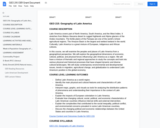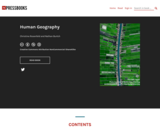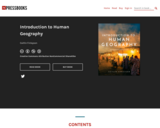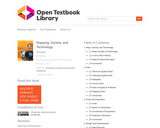
The origin of this book is in conversations I had over the years with several colleagues in the field of Sinology (the study of history, literature and culture of traditional China). The course title did not only attract the attention of the students, but also of people who would like to teach this material, and asked me for the syllabus and even suggested I write a textbook. What meets the eye at first is a set of chapters written by the students who took the course in Spring 2019. The students are not experts at China, they do not know Chinese and thus had to rely on English-language materials available to them through our library and my personal collection. Many are at the start of their journey of learning to write for their college-level peers.
- Subject:
- Cultural Geography
- History
- Social Science
- World History
- Material Type:
- Textbook
- Provider:
- Muhlenberg College
- Author:
- Tineke D'Haeseleer
- Date Added:
- 09/04/2020






